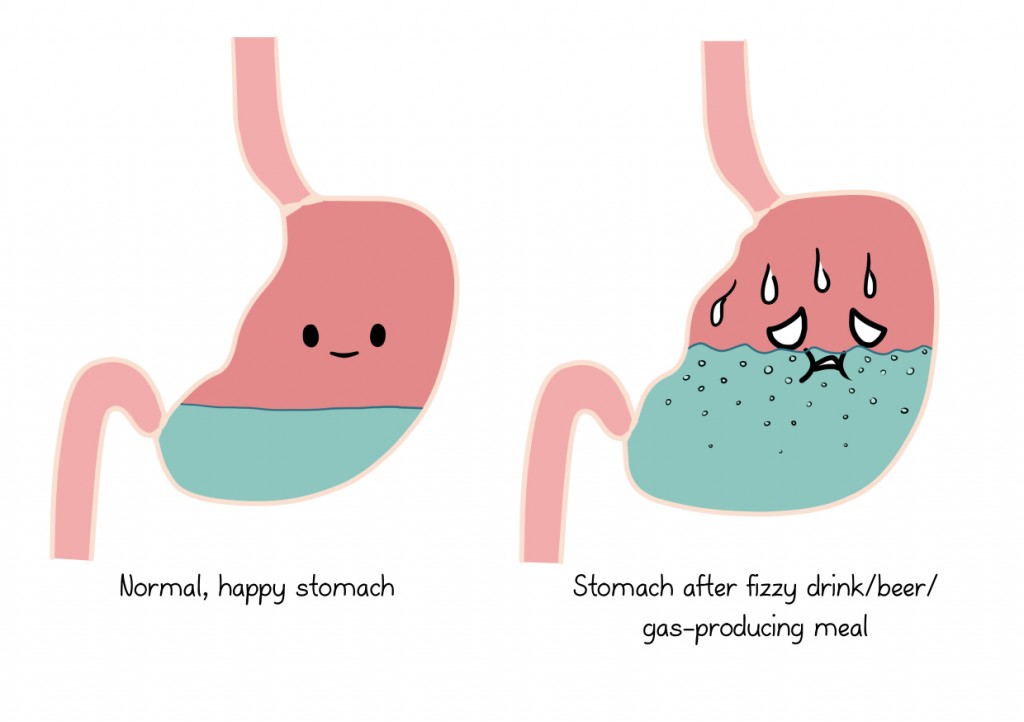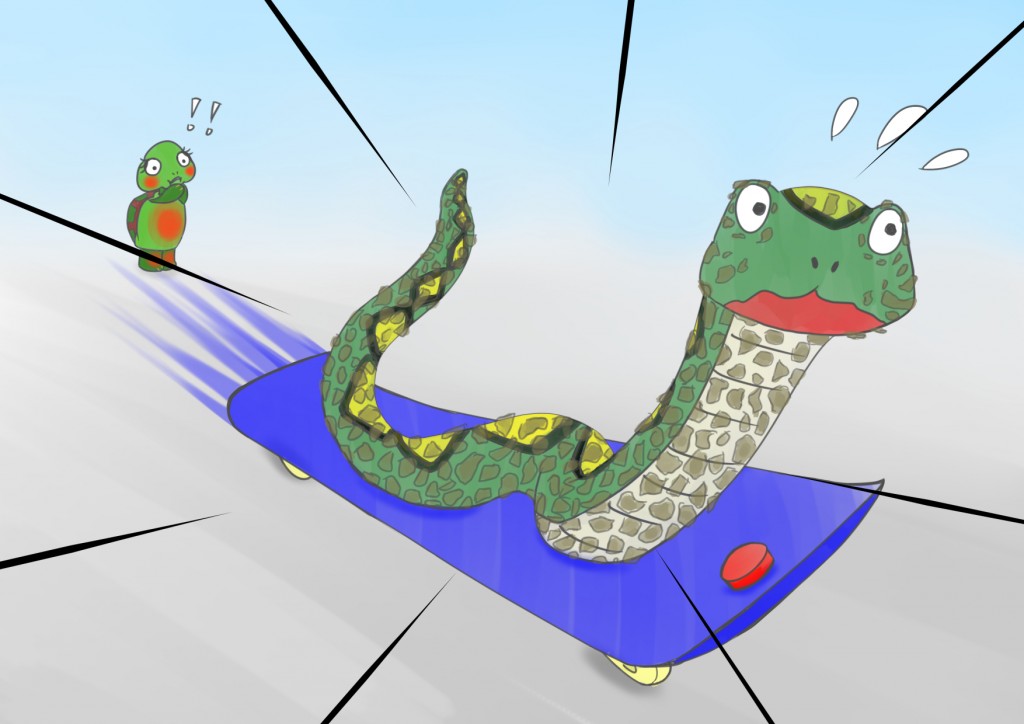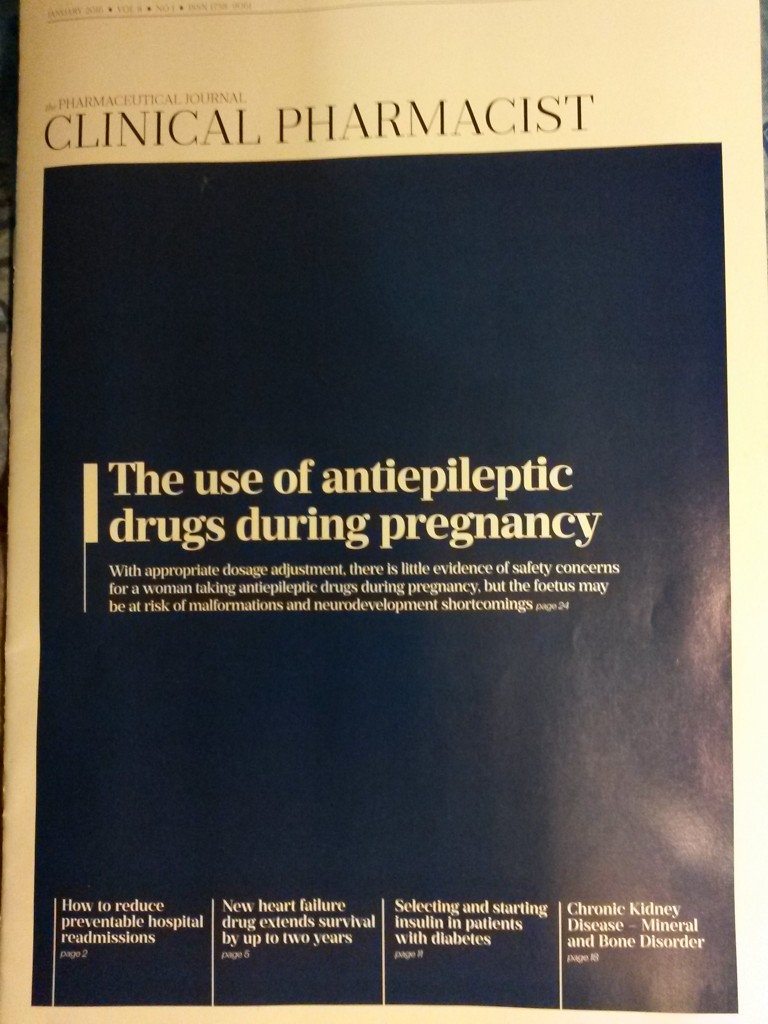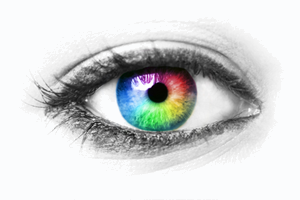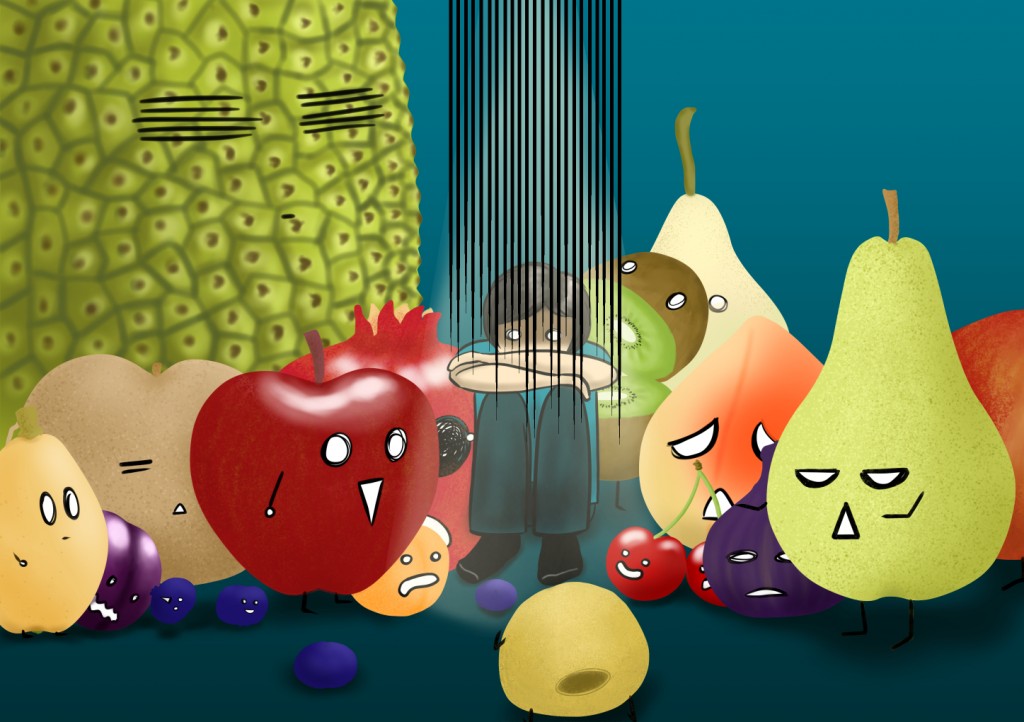
Some who know me have remarked that I seem to like collecting rare health conditions. Sometimes I find it hard to argue, what with being unable to burp and also suffering from a myriad of allergies. Allergies are very commonplace in developed countries nowadays, but after becoming allergic to more and more fruits (and some raw vegetables) that I used to eat frequently, I decided to dig for information and found out that I have oral allergy syndrome. The condition is surprisingly not that well known, even though there is a fair amount of information about it now; a doctor I asked said that she’d never heard of it.
What the Heck is Oral Allergy Syndrome?
Oral allergy syndrome (OAS) is a result of cross-reactivity in hayfever sufferers. Allergies are caused by the body’s immune system producing an unnecessary response to normally non-harmful substances – in the case of hayfever, pollen. The immune response leads to itching and swelling in the areas exposed to the pollen, and hayfever sufferers will be all too familiar with the results: streaming eyes, endless sneezing and general misery. The protein structures of certain pollens are similar to the proteins found in various fruits, vegetables, nuts and spices, and if the immune system also recognises these as “hostile” then allergic reactions can also occur when these are eaten. These reactions tend to be limited to areas that have been directly exposed, and most often the mucus membranes of the mouth are affected – hence the term, “oral allergy syndrome”, although it is also known as pollen-food syndrome (PFS). Symptoms include itching, tingling and sometimes swelling in the lips, mouth and throat. Nausea may also occur after eating the offending item, which goes away after the stomach juices have had enough time to break down the proteins.
The types of foods which may cause a reaction depend on which pollen allergy or allergies you have. The American Academy of Allergy, Asthma and Immunology (AAAAI) website has an brilliant table documenting what you can expect to react to if you’re allergic to birch, grass, ragweed or mugwort pollen. You can find out which one you’re allergic to through allergy testing at a clinic (in the UK this usually involves seeing your GP first for a referral to a hospital clinic). If you’re allergic to something in a particular family, you can often predict that you should avoid others in that family. For example: apples, pears, quinces, apricots, plums, cherries, peaches, raspberries, loquats, strawberries and almonds are all in the Rosaceae (or rose) family, any of which you might react to if you suffer from a birch pollen allergy.
Living with Oral Allergy Syndrome
OAS is caused by eating raw fruits and vegetables. This is because the food proteins are in their immune response-activating state when uncooked. Proteins are altered in shape, or denatured, by heat, pH changes, radiation, exposure to oxygen and mechanical agitation. After this occurs, the immune system does not recognise the proteins.
Ways you could continue to eat fruits and vegetables, as recommended by Allergy UK, include:
- Cooking them – the heat distorts the proteins.
- Peeling them – the proteins are often concentrated in the skin.
- Microwaving them – this does not need to be done for so long that the fruit/veg is fully cooked, just long enough that most of it has been exposed to microwaves. In my experience 15 seconds is long enough for a small chopped and peeled apple. I actually got a nifty device that peels, cores and cuts apples into a spiral, making them much faster to prepare. I do miss the days when all I had to do was wash them.
- Trying a different variety – you may find that you are allergic to some varieties of apples but not others, for example. You shouldn’t try this if you suffer from severe reactions to a particular fruit/vegetable/nut/spice, however – it would be better to avoid completely.
Other preparation methods that have worked for me include:
- Cutting them up or juicing, and then leaving them in the fridge for about 6-8 hours or longer – this exposes the insides of the produce to oxygen, which begins the degradation of the fruit. It also activates enzymes that are present, some of which cause deterioration. Juicing fruit may cause denaturation mechanically as well.
- Freezing them – this has worked for me with blueberries. I’m guessing that the water in the cells of the fruit forms ice crystals, which disrupts the protein structures.
- Drying them – the dried versions of some offending fruits such as apples, blueberries and figs haven’t caused any reaction for me thus far. This may be because some of them are dried using heat.
 Unfortunately cooking, juicing and cutting fresh fruits and vegetables does reduce the nutritional content as some vitamins are oxygen and heat sensitive. Resorting to the above methods is better than not eating them at all though, as they still retain some nutrients. You can’t use OAS as an excuse to cut them all out of your diet I’m afraid! During the height of hayfever season you might want to avoid the problem foods altogether though, as the reaction can be worse at this time.
Unfortunately cooking, juicing and cutting fresh fruits and vegetables does reduce the nutritional content as some vitamins are oxygen and heat sensitive. Resorting to the above methods is better than not eating them at all though, as they still retain some nutrients. You can’t use OAS as an excuse to cut them all out of your diet I’m afraid! During the height of hayfever season you might want to avoid the problem foods altogether though, as the reaction can be worse at this time.
If you have a reaction to nuts, a widespread reaction such as a rash or breathing problems or react even to cooked products then make sure to consult a doctor.
Hopefully this has taken some of the mysticism out of oral allergy syndrome. Now face those fruits!



